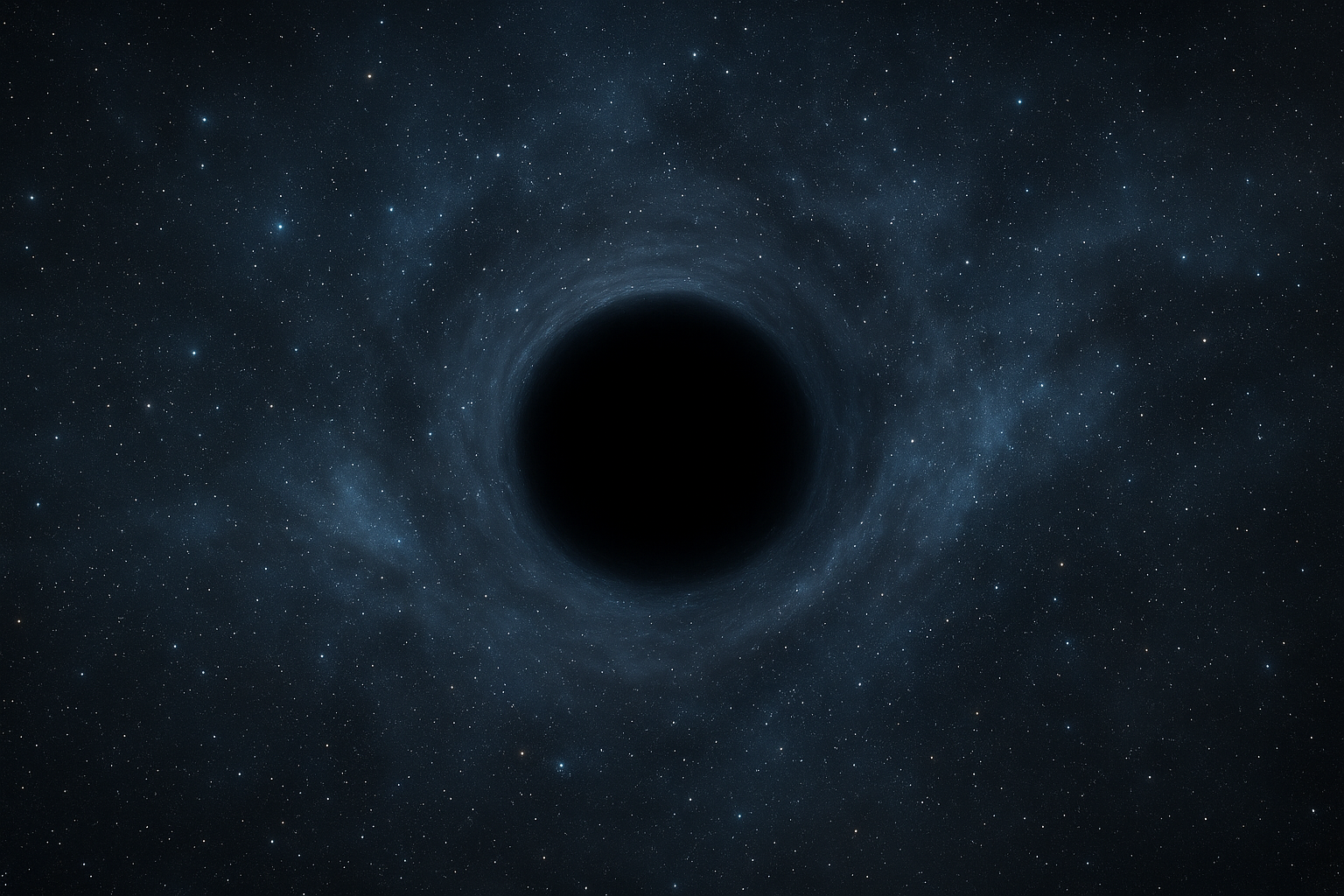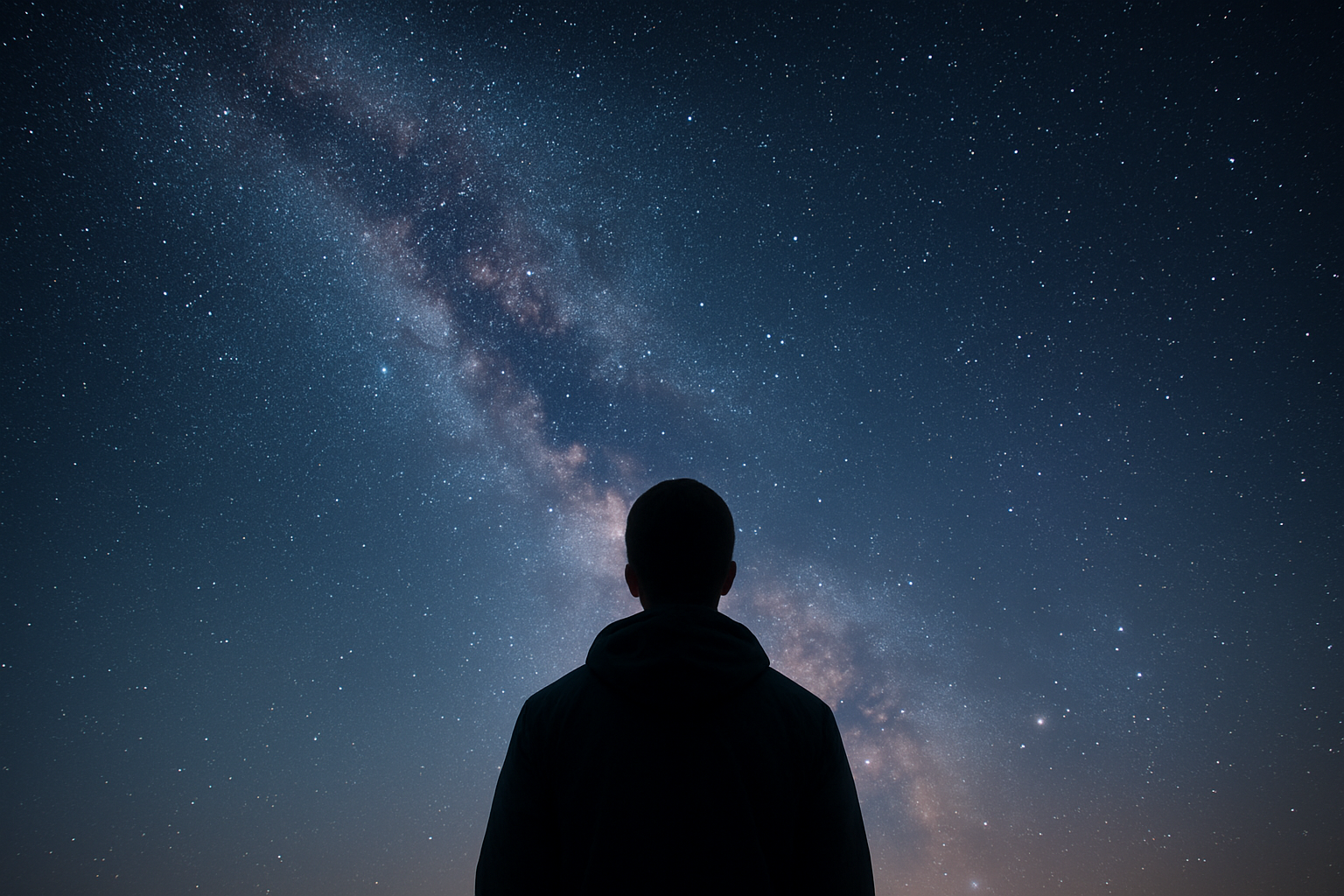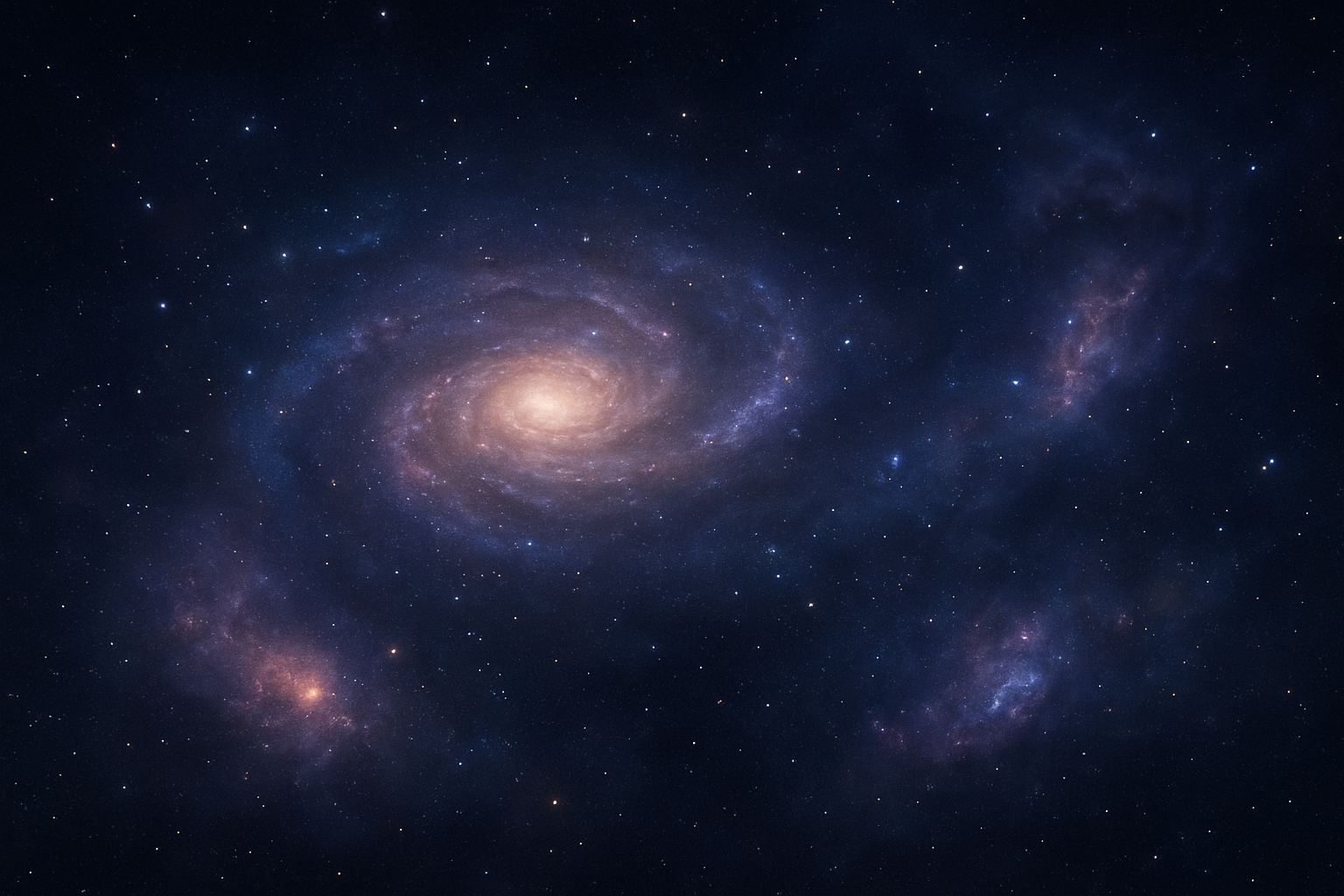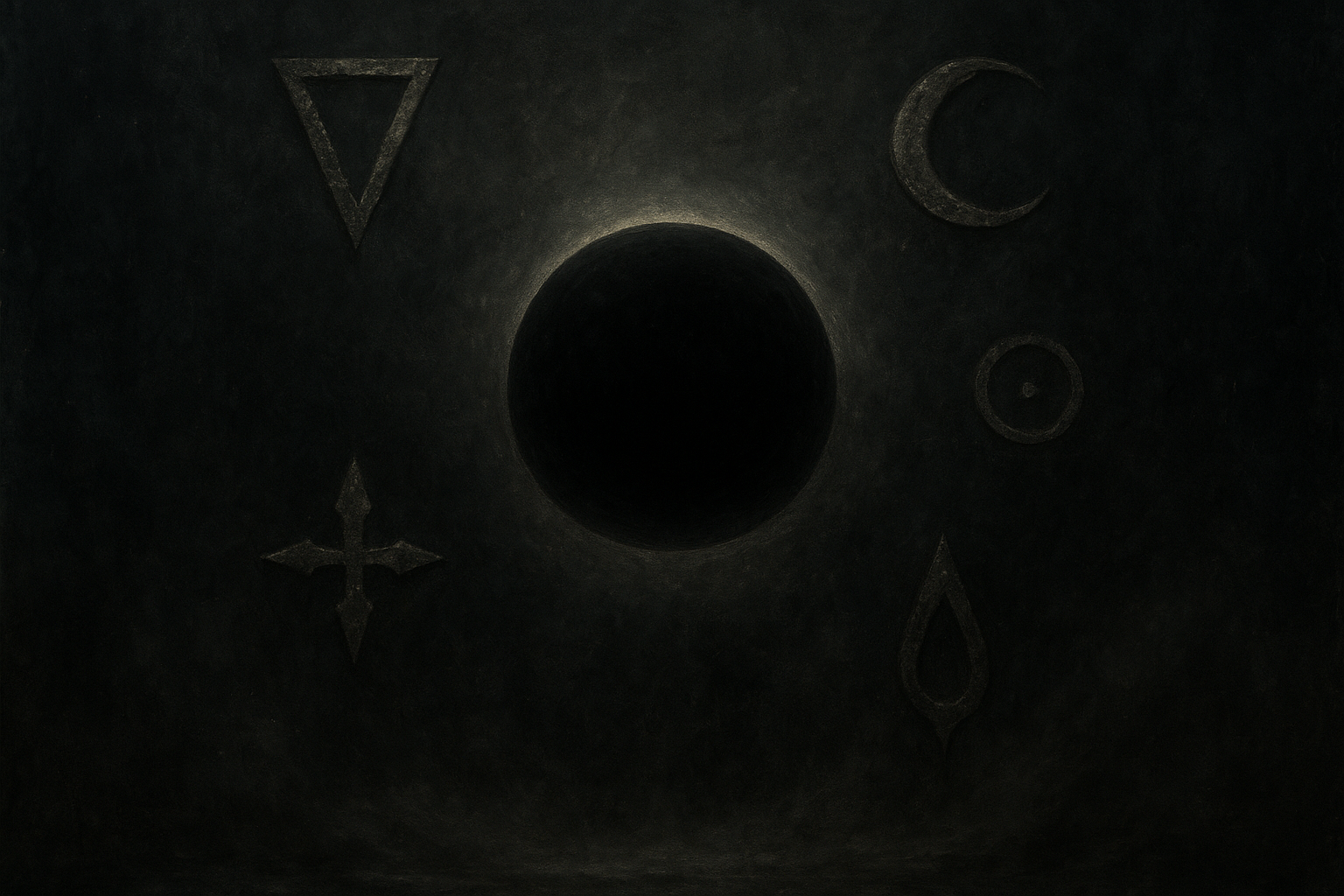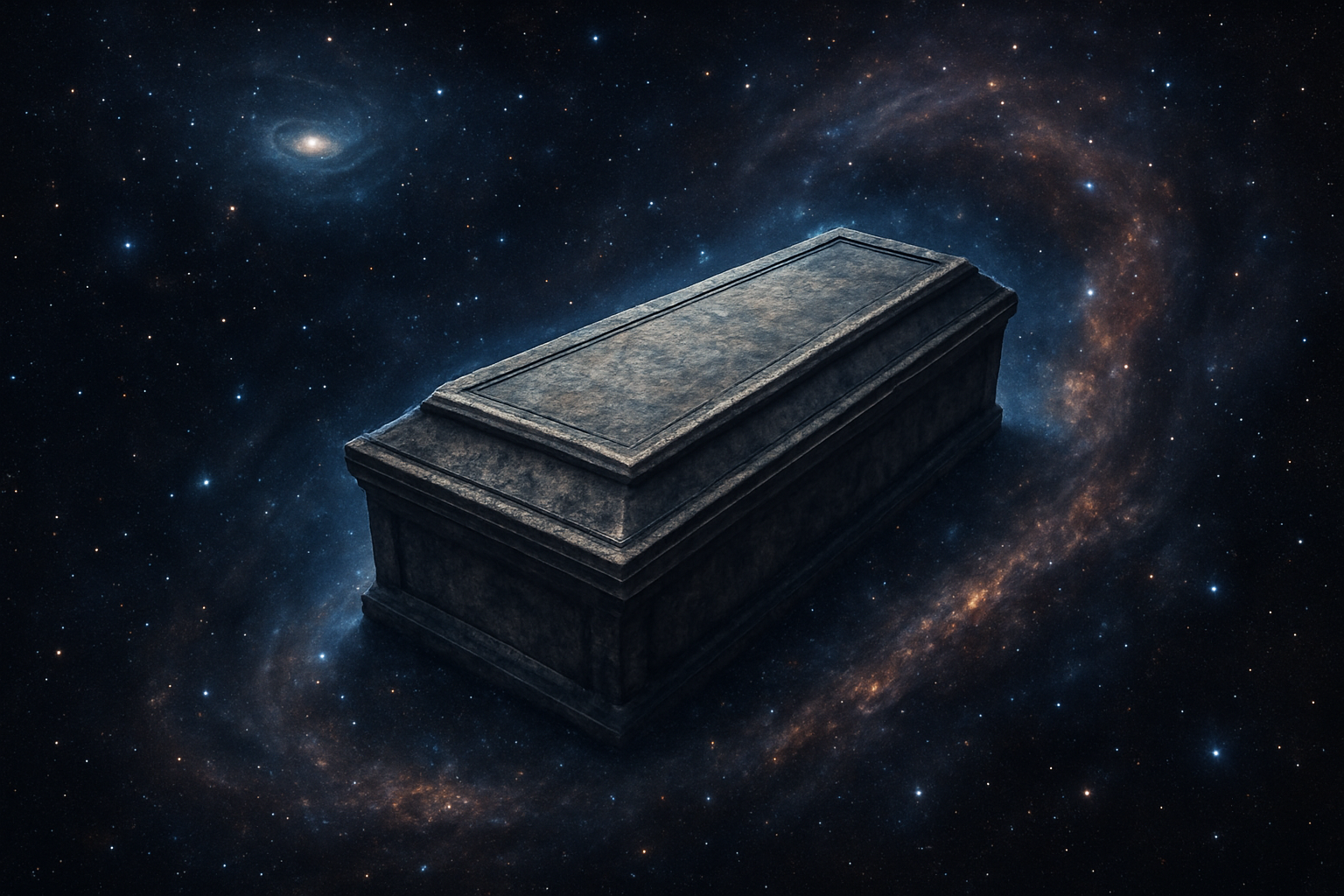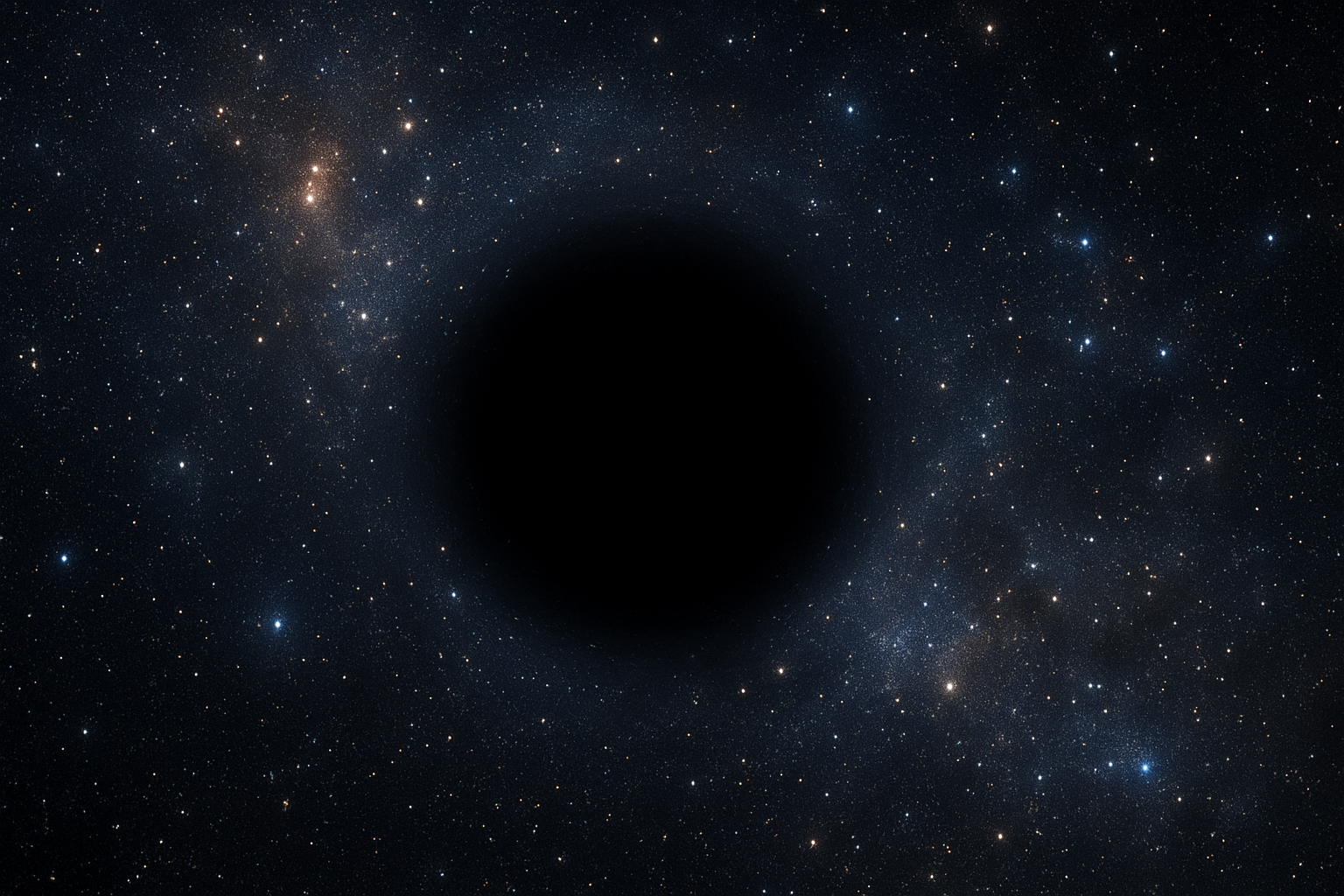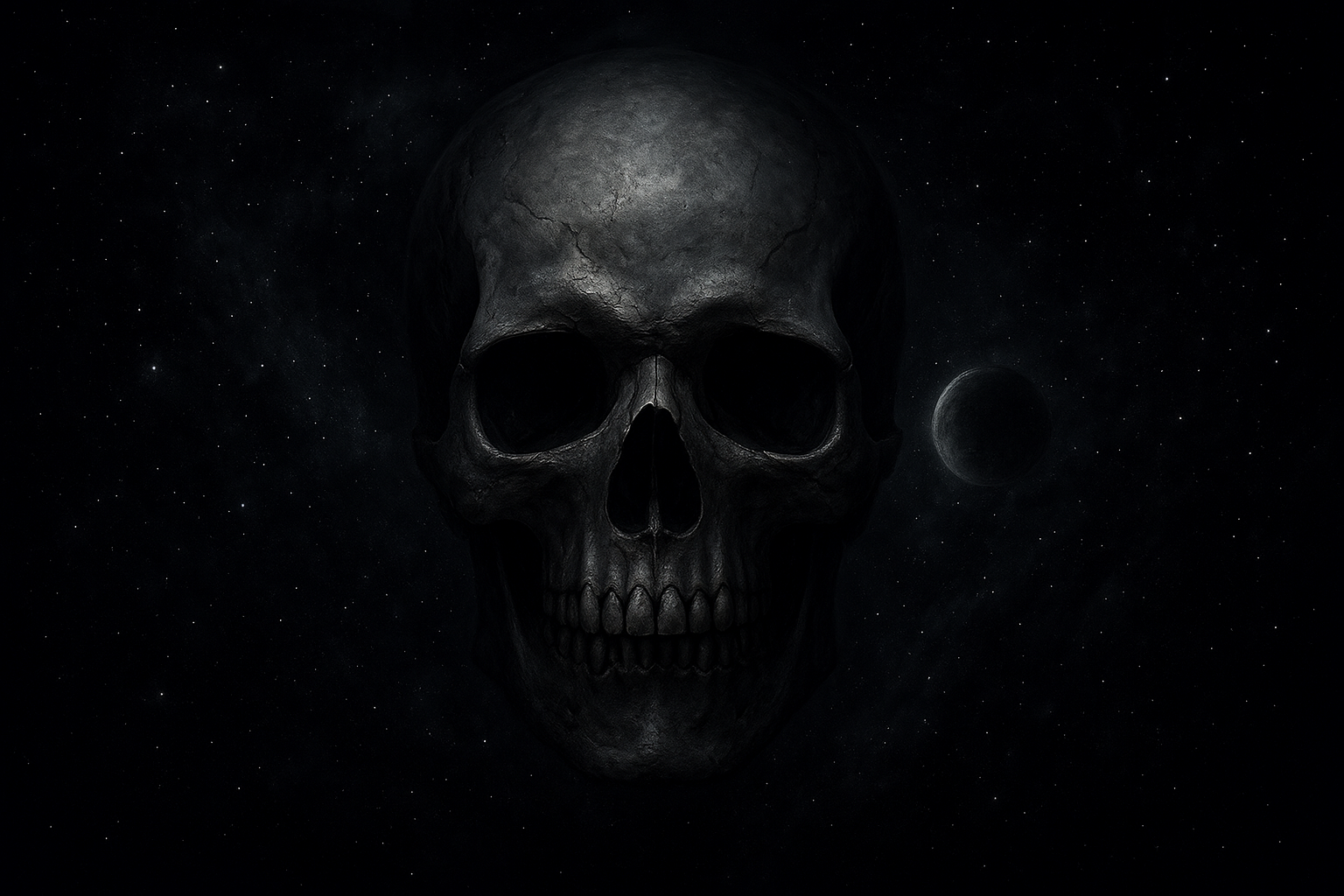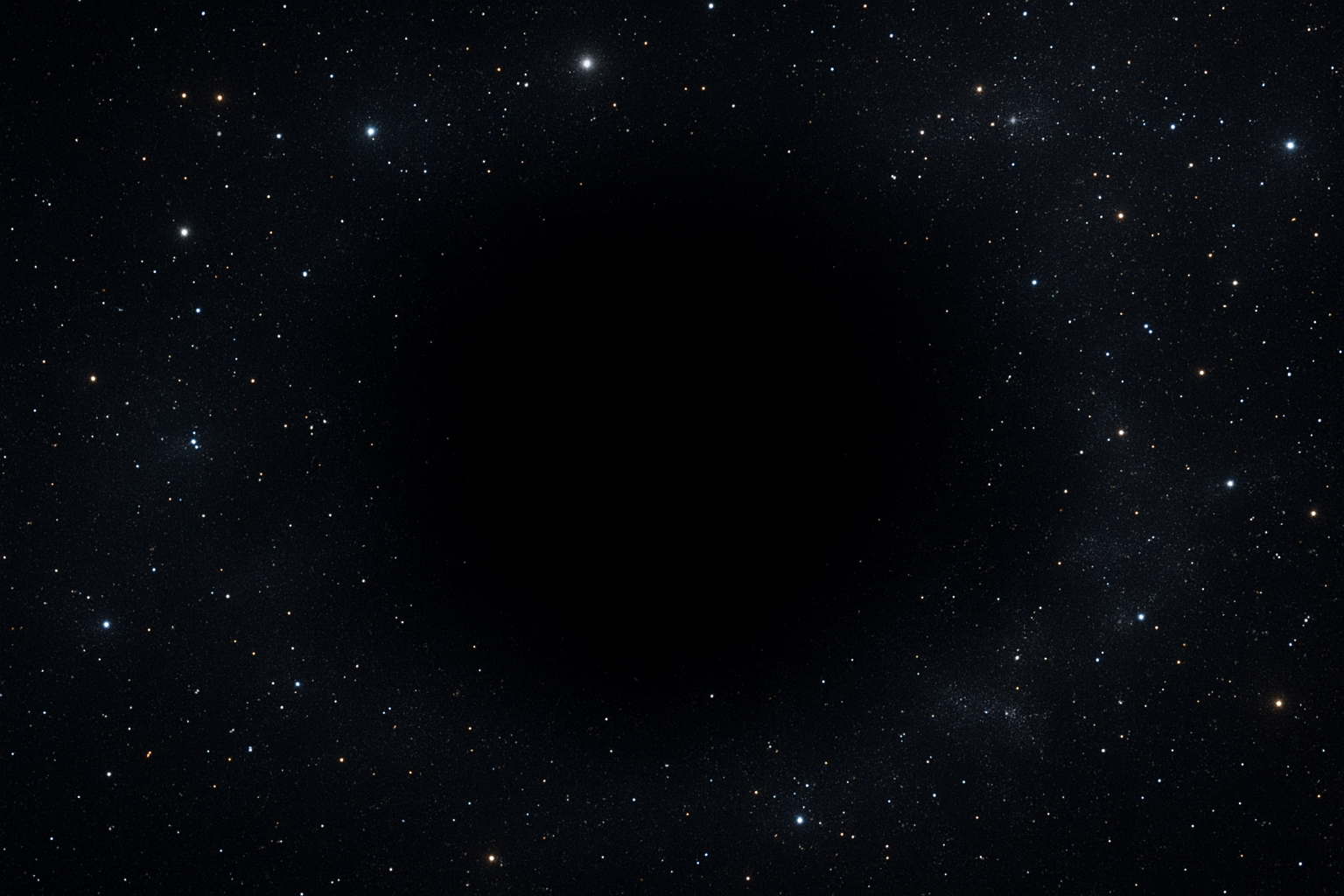The concept of the void has intrigued philosophers, mystics, and artists throughout history. Often shrouded in mystery, the void represents an absence—yet paradoxically, it is filled with potential and profound significance. From ancient symbols and alchemical concepts to modern interpretations in art and literature, the void invites contemplation of the unknown and the unseen. This article delves into the symbols and meanings of the void, unearthing the arcane emptiness that has captivated human thought for centuries.
The Philosophy of the Void
“If you gaze long into an abyss, the abyss also gazes into you.” — Friedrich Nietzsche
Nietzsche’s famous phrase captures the essence of the void as not only a space but an active presence. In philosophy, the void often represents a fundamental question about the reality and existence itself. The ancient Greeks, particularly the Atomists like Democritus, posited the void as an essential component of the universe, crucial for the movement of atoms and thus, for life itself.
In Eastern philosophy, concepts such as Śūnyatā in Buddhism describe the void as emptiness, an intrinsic nature of the universe where inherent existence is denied, suggesting that everything is interconnected. This perspective invites one to refocus on the transient and interdependent nature of reality.
Symbols of the Void Across Cultures
-
The Ouroboros: An ancient symbol depicting a snake eating its own tail, the Ouroboros represents the cyclical nature of the universe, life, and death. It symbolizes the eternal return and the void as both the beginning and end of existence.
-
The Circle: Found in many cultures, the circle symbolizes wholeness and infinity. In Zen Buddhism, the Enso is often used in art to represent the void, emptiness, and the beauty of imperfection.
-
The Vesica Piscis: A geometric shape formed by the intersection of two circles, this symbol represents the intersection of the material and spiritual worlds. It is the void or ‘womb of the universe,’ a space of creation out of nothingness.
-
The Black Hole: In modern cosmology, the black hole serves as a dynamic representation of the void. A region in space where gravity is so strong that nothing, not even light, can escape. It is the literal emptiness that invites infinite questions about the nature of the universe.
Alchemy and the Alchemical Void
Alchemy, the forerunner of modern chemistry, interweaves scientific and mystical insights. Central to alchemical beliefs is the concept of prima materia—the raw, formless base of all substances, akin to the void. Alchemists viewed the void as a stage in the Magnum Opus or the Great Work, necessary for the transformation of lead into gold, symbolizing spiritual enlightenment.
The void in alchemy is associated with the nigredo stage, characterized by decomposition and putrefaction, leading ultimately to rebirth. This notion of destruction as a path to new creation echoes throughout esoteric traditions and highlights the cyclical nature inherent in the void’s symbology.
The Void in Modern Art and Literature
Artists and writers in the modern era continue to explore the theme of the void, often navigating the boundaries between emptiness and existence. Abstract expressionism, notably the works of Yves Klein, emphasizes void and sublimity through minimalist approaches. Klein’s Monotone-Silence Symphony and Blue Epoch pieces engage with expanses of color to evoke an emptiness that is simultaneously rich and inviting.
“The explanation is always more complex, and still more complex, than you imagined.” — John Ashbery
In literature, novels such as Samuel Beckett’s Waiting for Godot express existential voidness through sparse narratives and settings that reflect the emptiness and ennui of the modern human condition. Science fiction often utilizes the cosmic void to question humanity’s place in an incomprehensibly vast universe, evoking both wonder and existential dread.
The Spiritual Dimension of Emptiness
Emptiness is intimately linked with spiritual practices where the void is an invitation to transcend mundane concerns and connect with a deeper spiritual truth. Practices such as meditation or contemplative prayer aim to empty the mind of busy thoughts, allowing one to immerse in a state of ‘void’ that can lead to profound personal insight and enlightenment.
This spiritual emptiness is not one of lack but of potential—a creative space where one can reflect and grow. It is the shedding of the ego and worldly attachments to embrace a more comprehensive view of self and universe, a concept deeply embedded in both Eastern religions and Western mystical traditions.
Conclusion: Embracing the Arcane Emptiness
The exploration of the void is a journey that delves into the depths of being and existence. The arcane emptiness that symbolizes the void is both mysterious and instructive, urging humanity to look beyond the confines of immediate perception and embrace the vast unknown. This engagement with the void can provoke fear or inspire revelation, often at the same time.
Recognizing the void’s omnipresence in cultural symbols and philosophical thoughts enriches one’s understanding of life itself, offering a lens through which to explore the constant dance between nothingness and creation. In embracing the void, perhaps we embrace the very essence of what it means to exist.
For further exploration into the philosophical and cultural implications of the void, you might consider works such as “The Void” by Frank Close or delve into the depths of Buddhist teachings on Śūnyatā.

